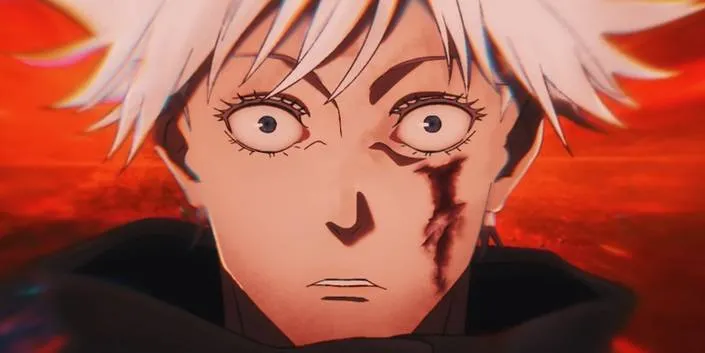
Both Jujutsu Kaisen and Chainsaw Man are action-packed manga, but sometimes they move too fast. For example, both series skipped important parts where they could have developed the story and characters more.
In Chainsaw Man they skipped a few months and in Jujutsu Kaisen it was about a month before the big final battle. This prevents readers from seeing much of the character development that could make them more interesting.

The two manga even attempted to address this issue but were not as effective. For example, in Jujutsu Kaisen, Gojo Satoru escapes from the Prison Gate and immediately engages in a major battle without much time to prepare.
And in Chainsaw Man, Asa Mitaka becomes a celebrity, but the manga doesn't show how that happened. It's a strange way to move things forward, jumping straight into the main sections without showing how they got there.
Both Tatsuki Fujimoto from Chainsaw Man and Gege Akutami from Jujutsu Kaisen decided to skip important parts of the story for their own reasons. For example, in Jujutsu Kaisen, Akutami shows a bit of what happens behind the scenes, such as planning and important conversations, perhaps to keep the action moving quickly and surprising. for fans throughout the fight. This rapid-fire storytelling style is part of the manga's success.
In Chainsaw Man, the lull in the action can be attributed to Denji. Perhaps Fujimoto didn't want to focus too much on Asa while Denji was underdeveloped, but that's just a guess.

However, these choices make the story seem a bit superficial by not exploring these important moments. For example, in Jujutsu Kaisen, after a long time without Gojo, he shows up and quickly rushes into a big battle, skipping moments where he could interact more with other characters. In Chainsaw Man, there was a time jump that was more implied than explained, leaving fans a bit confused.
Both manga try to fix this by reliving how it all happened. Jujutsu Kaisen uses flashbacks to explain new tactics and character developments during the fight. While Chainsaw Man devotes more space to character interactions in the finale, showing more of their development after key events.






